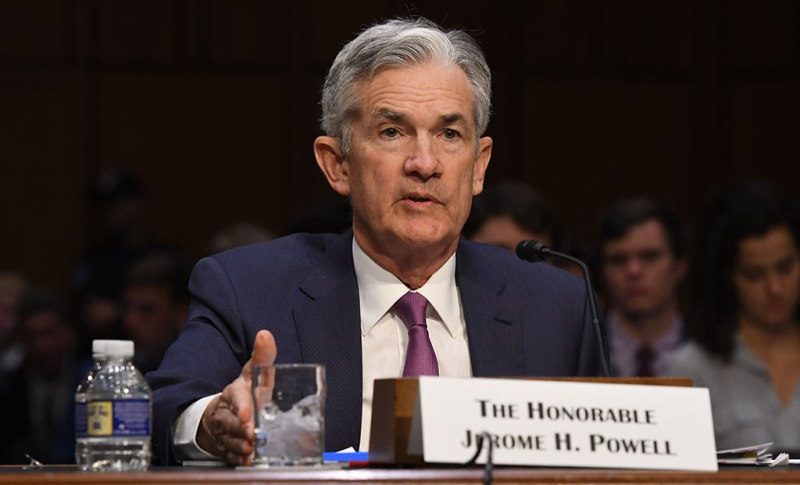Pronounced Weakness in NZD as NZDUSD Remains Bearish
Last week most risk currencies ended up higher against the US, but the NZD showed weakness, closing the week around 30 pips lower.

Last week most risk currencies ended up higher against the US, but the NZD showed weakness, closing the week around 30 pips lower. This is not a good signal for the Kiwi and as the saying goes, what doesn’t go up on good news (USD weakness) will go down eventually, so prepare for the downside to pick up pace in this forex pair, if the USD turns bullish this week after the FED meeting.
NZD/USD Chart Weekly – Resuming the Larger Bearish Trend
For the past decade, this currency pair has been in a bearish trend, but in August, as the USD weakened, we saw a significant retrace higher. Buyers managed to break above the red-colored 100 weekly Simple Moving Average (SMA), a key resistance level. This push drove NZD/USD up by 4.5 cents from support at 0.5850, bringing it within 2 cents of the 0.63 level, marking a potential high for 2024.
However, these gains were short-lived, as signs of buyer exhaustion appeared. Two bearish candlesticks formed alongside a morning star pattern just below the 100 SMA, a level that has previously signaled bearish reversals twice on the weekly chart. This suggests growing pressure from sellers and the potential for further declines.
Market Expectations for the RBNZ Policy
Market expectations for the Reserve Bank of New Zealand (RBNZ) indicate a likely interest rate cut, with a 78% chance of a 25 basis point reduction at the next meeting. By the end of the year, markets are anticipating 80 basis points of easing. As a result, the New Zealand Dollar (NZD) is expected to remain subdued. In the short term, we may see the pair slide further, testing last week’s low above 0.61 and potentially retesting the July low at 0.5850.
New Zealand Services PMI – August 2024
- August PMI: 45.5 points, slightly higher than the previous 45.2 points.
- Key Trend: The Services PMI remains in contraction, marking six consecutive months below the 50-point threshold, the longest contractionary streak since the global financial crisis.
- Economist Insight: BNZ’s Senior Economist Doug Steel highlighted that, despite some month-to-month fluctuations, the 3-month average of the Performance of Services Index (PSI) stands at 43.9 points, signaling deep contraction in the sector.
NZD/USD Live Chart
- Check out our free forex signals
- Follow the top economic events on FX Leaders economic calendar
- Trade better, discover more Forex Trading Strategies
- Open a FREE Trading Account




